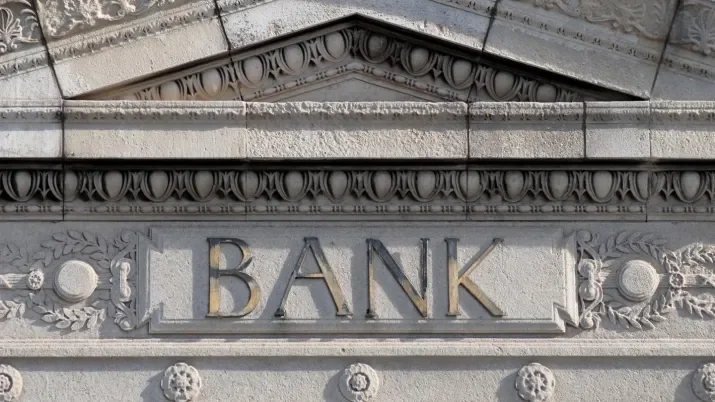"Abandon all hope ye who enter here"
TwentyFour
OK…the message from the Bank of England wasn’t quite as bad as the title suggests, but the headlines were fairly shocking nonetheless. Governor Bailey and the Monetary Policy Committee (MPC) didn’t pull their punches when outlining the challenges faced by the UK economy, though we should acknowledge that they were probably more candid than either the Federal Reserve or the European Central Bank have been in this regard.
The predictions that dominated the UK headlines on Friday morning were, unsurprisingly, the 13.2% inflation rate expected in Q4 and the recession predicted to last for five quarters. These very much overshadowed the base rate hike of 50bp, even though it was the biggest increase in 27 years. However, despite the headline grabbing numbers, the MPC was keen to emphasise that the risks being faced by the UK, and the elements that make up their predictions, are not solely down to domestic factors; it acknowledged that external risks outside of the Bank’s control are playing a very significant part in these forecasts. This is a refreshingly candid assessment from a central bank.
These external factors are mainly emanating from the war in Ukraine and the significant impact that higher energy costs are having on inflation, as well as the increased costs of food as shipments of grain and wheat from Ukraine have only just restarted. The impact of energy in the CPI calculation cannot be underestimated, with the BoE’s chief economist, Huw Pill, saying on Friday morning that the combined direct and indirect impact of higher energy costs is contributing more than 9% to the 13.2% inflation prediction for Q2. As regards gas prices, the BoE has used prices of 420 pence per therm (ppt) for 2022 and 327ppt for both 2023 and 2024 (well above the 2020 price of 41ppt or even 238ppt in 2021), which seems conservative for baseline projections. Both Pill and Bailey were keen to stress that the forecasts and the path of rate hikes were very much data-dependent, and if inflation is lower than expected then rates will also remain lower, but they were also determined to tackle inflation.
Despite predicting a five-quarter recession starting from Q4 this year, the BoE expects it to be relatively shallow, with the economy shrinking by a combined 2.1% and with unemployment increasing from its current 3.8% to 6.3%. In conjunction with downgrading its estimates for UK GDP, the BoE also downgraded global GDP to 1% in 2023 from 2% previously, and Eurozone GDP to 1% in 2023 from 1.25% previously, with the latter certainly more cautious than what we’ve heard from the ECB.
Market reaction to the announcements and projections was actually relatively muted. Sterling fell in value, despite the rate rise, suggesting the market is not expecting runaway rate hikes. UK Gilt yields rallied, the FTSE 100 finished marginally higher and UK credit continued to see bids moving higher.
Why such a small reaction (so far, at least) given the dire predictions? We have to conclude that investors were already well aware of the challenges being faced by the UK and, like us, found the base case forecasts to be sensibly cautious given the high degree of uncertainty faced by the UK and indeed the Eurozone. Global pressures remain elevated, but we think investors are becoming more confident that a lot of the potential bad news is already reflected in asset prices, and having a central bank facing up to the realities in such an unprecedented way is not such bad news, despite the media headlines.




